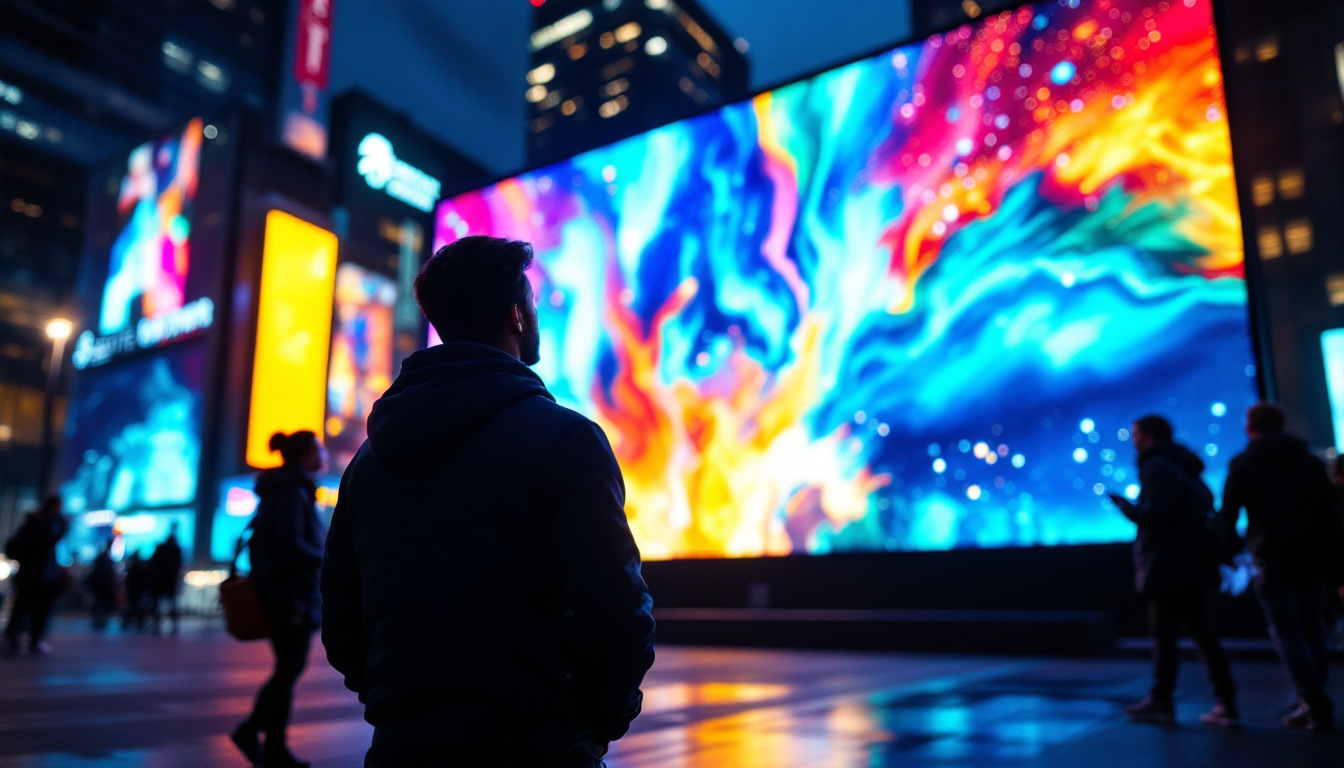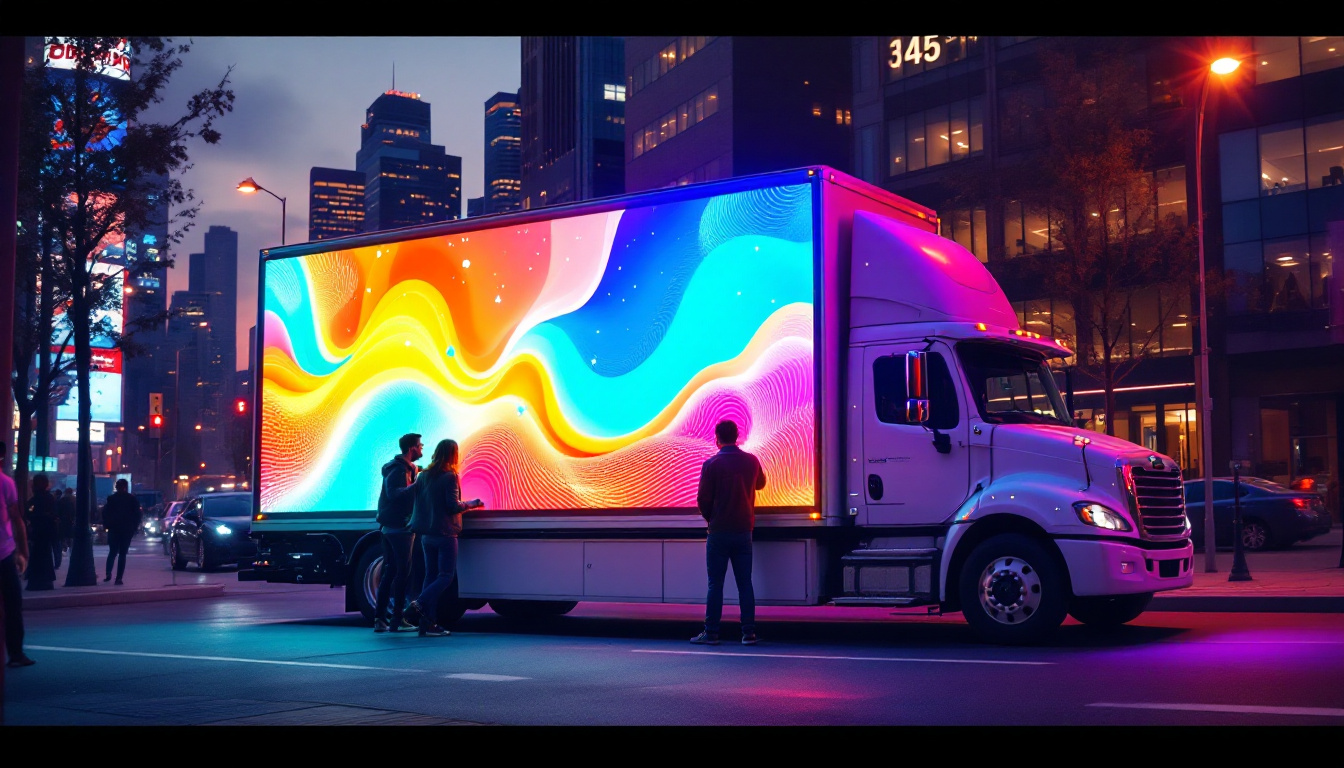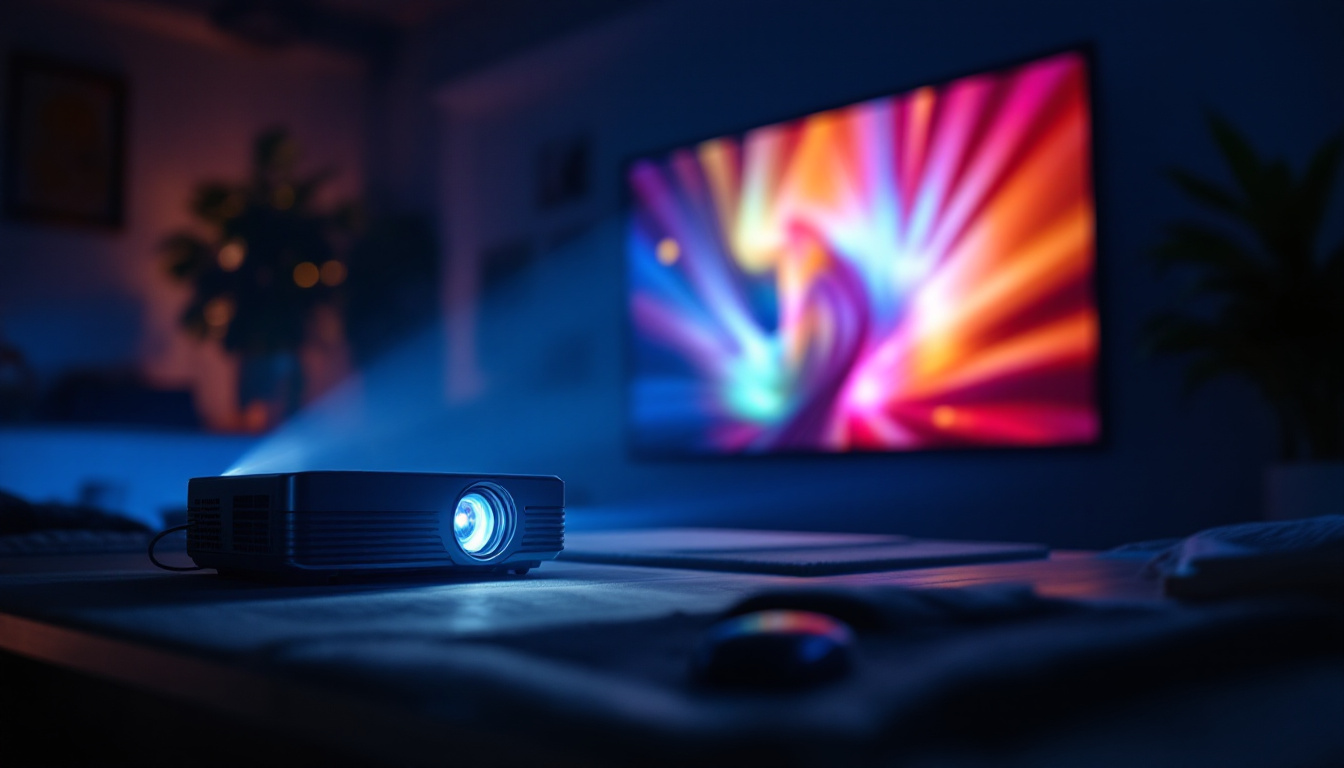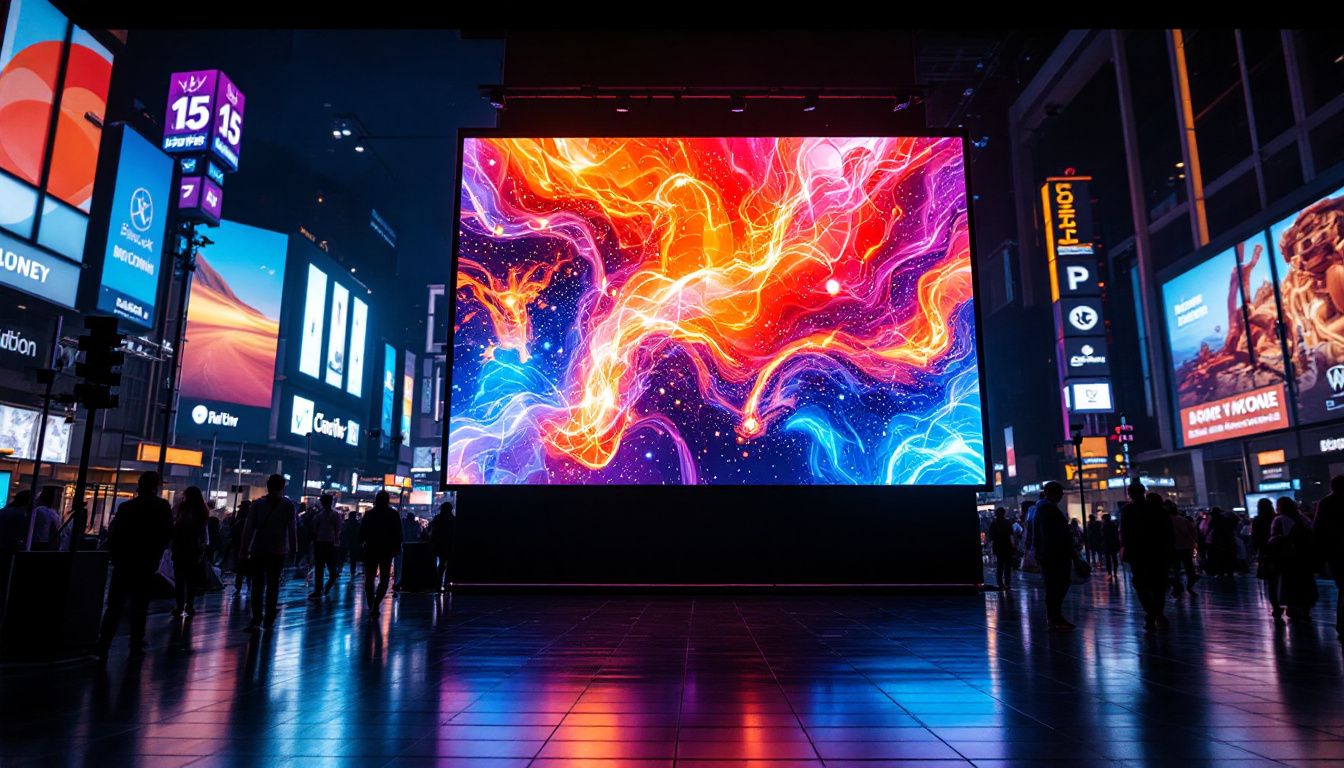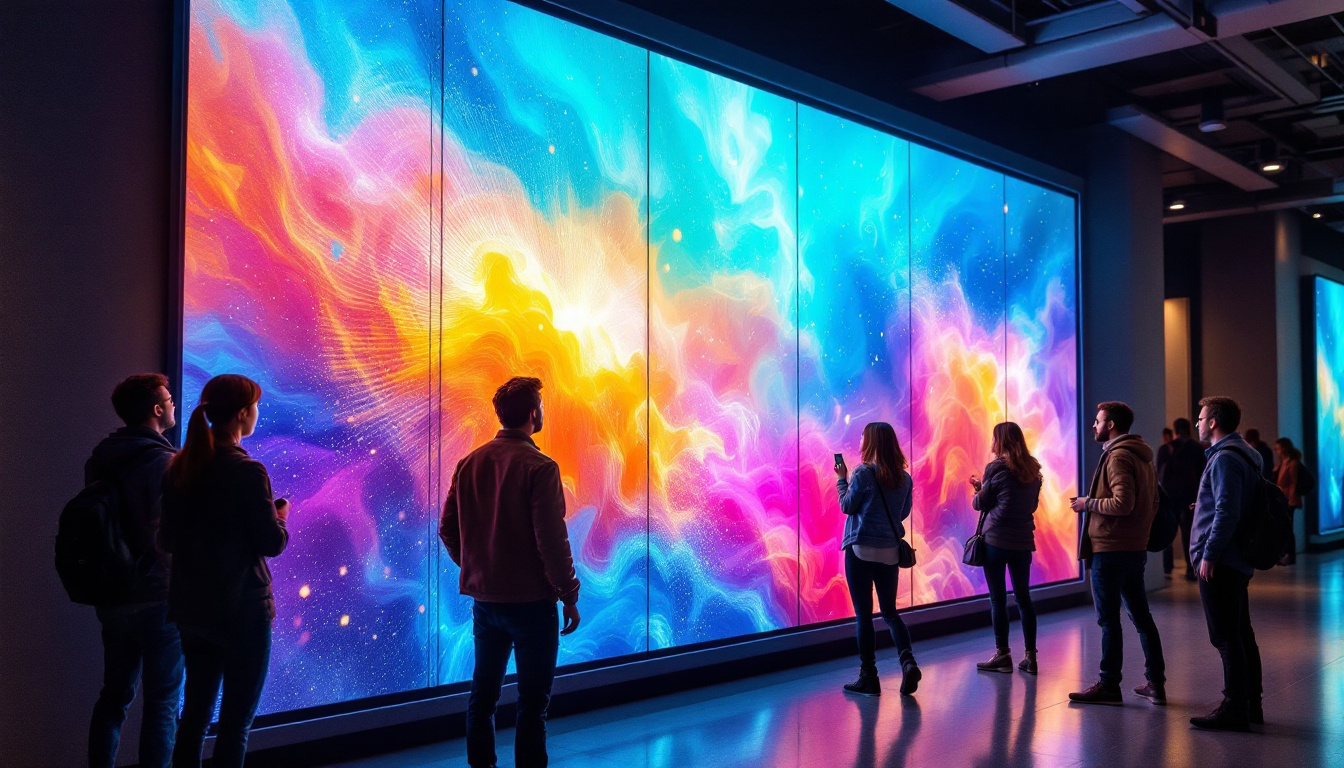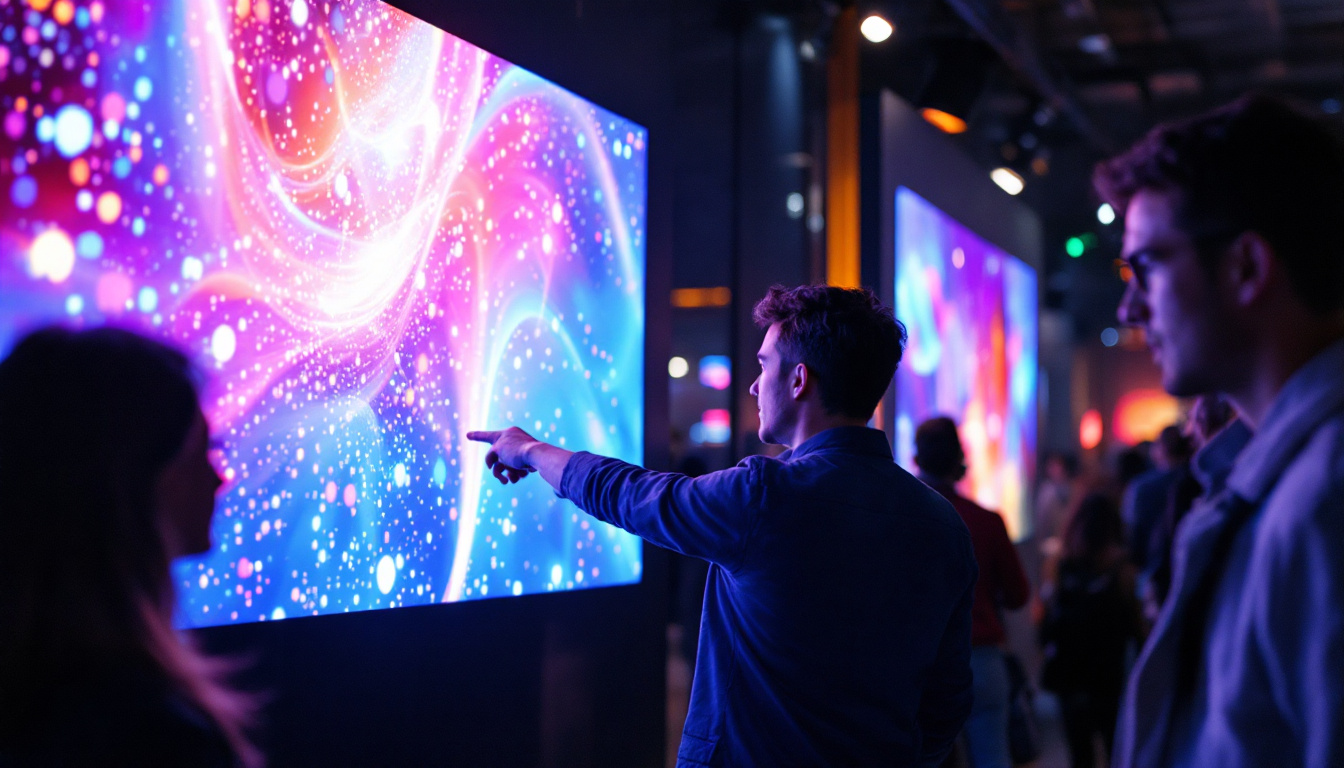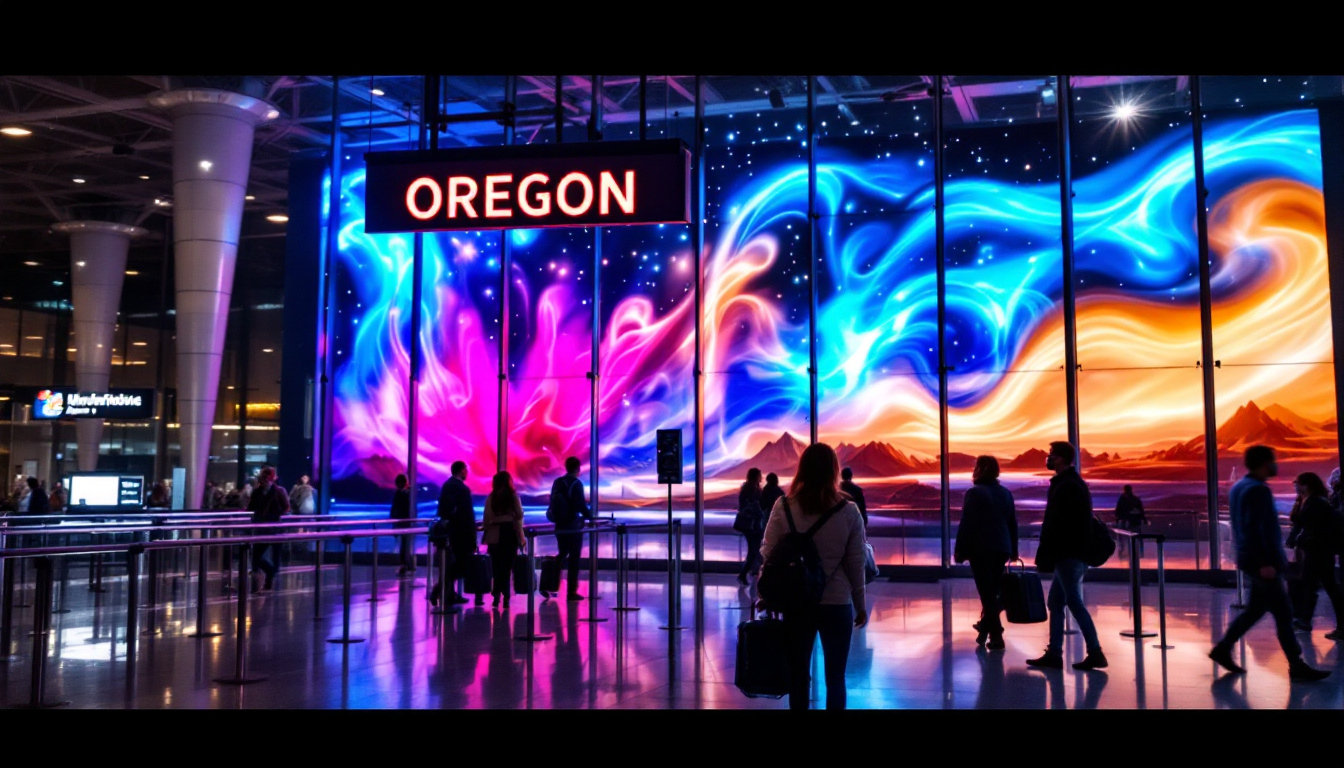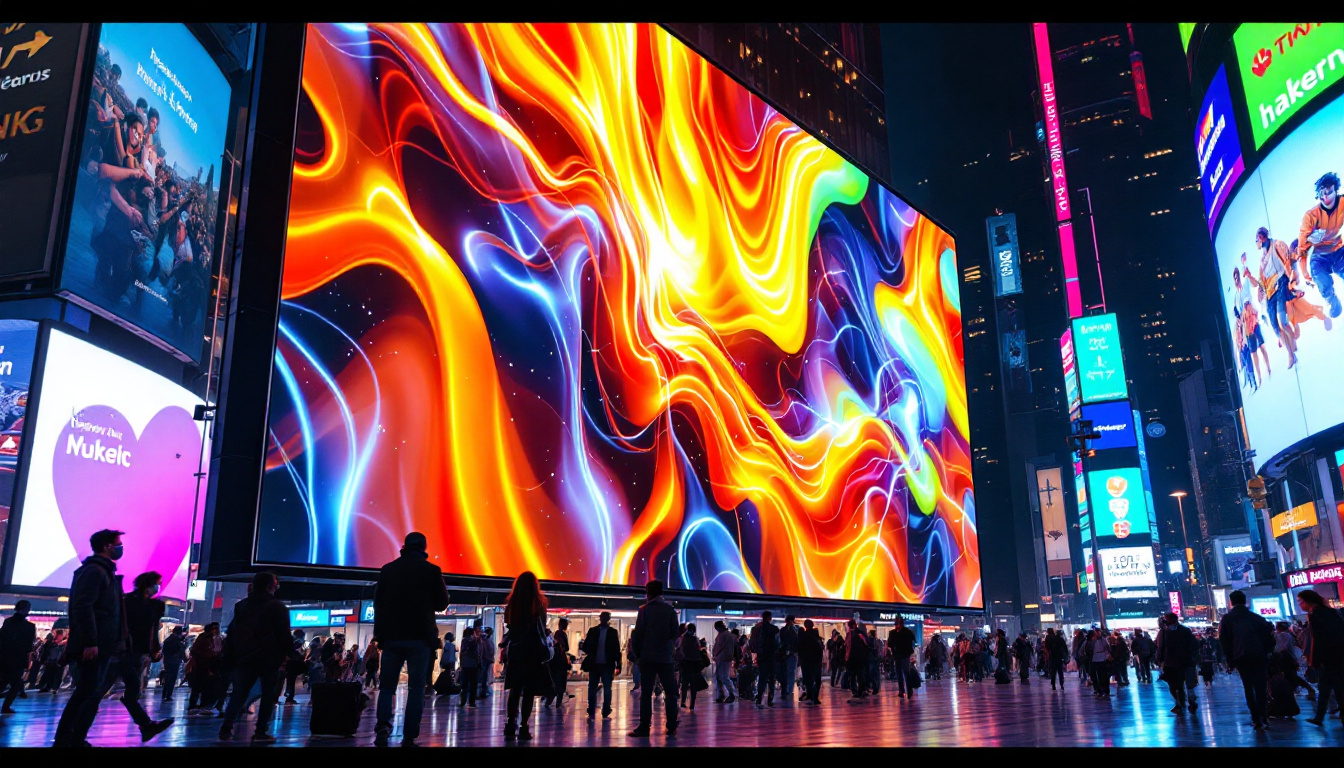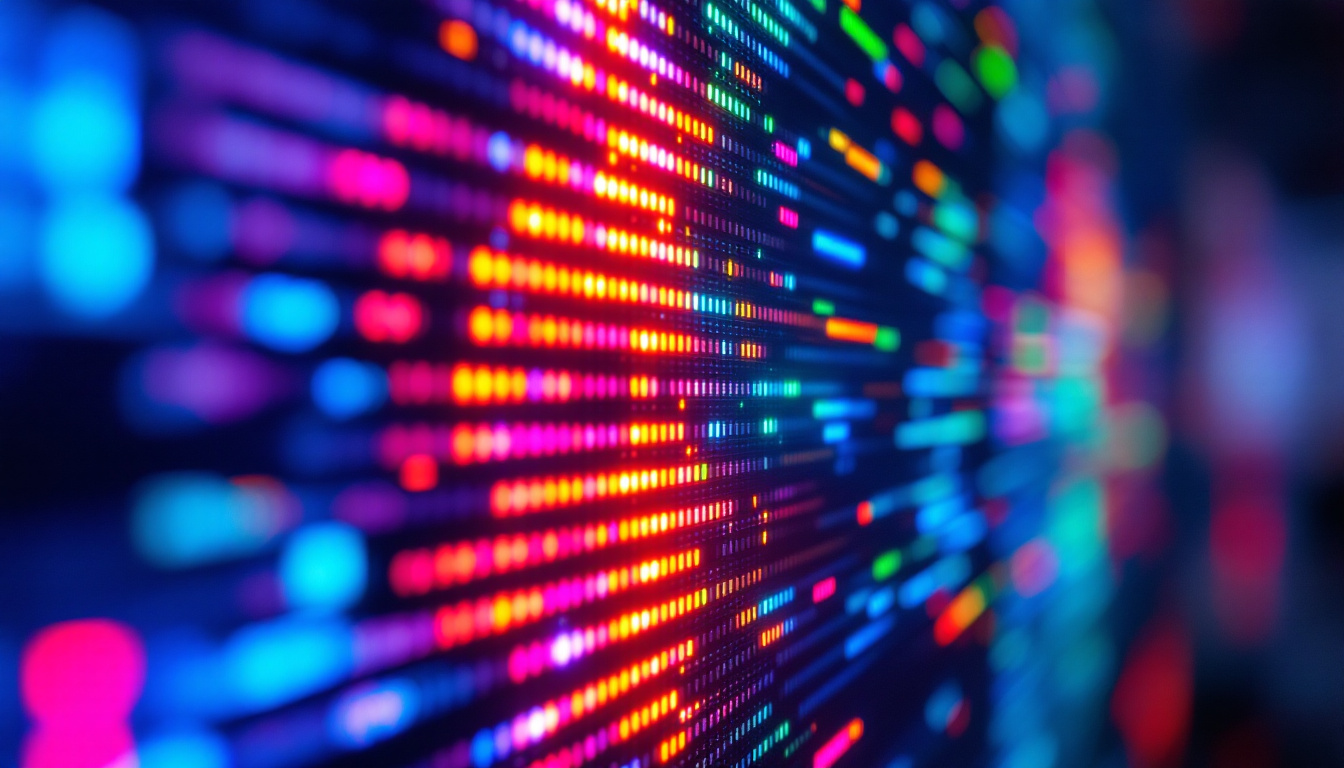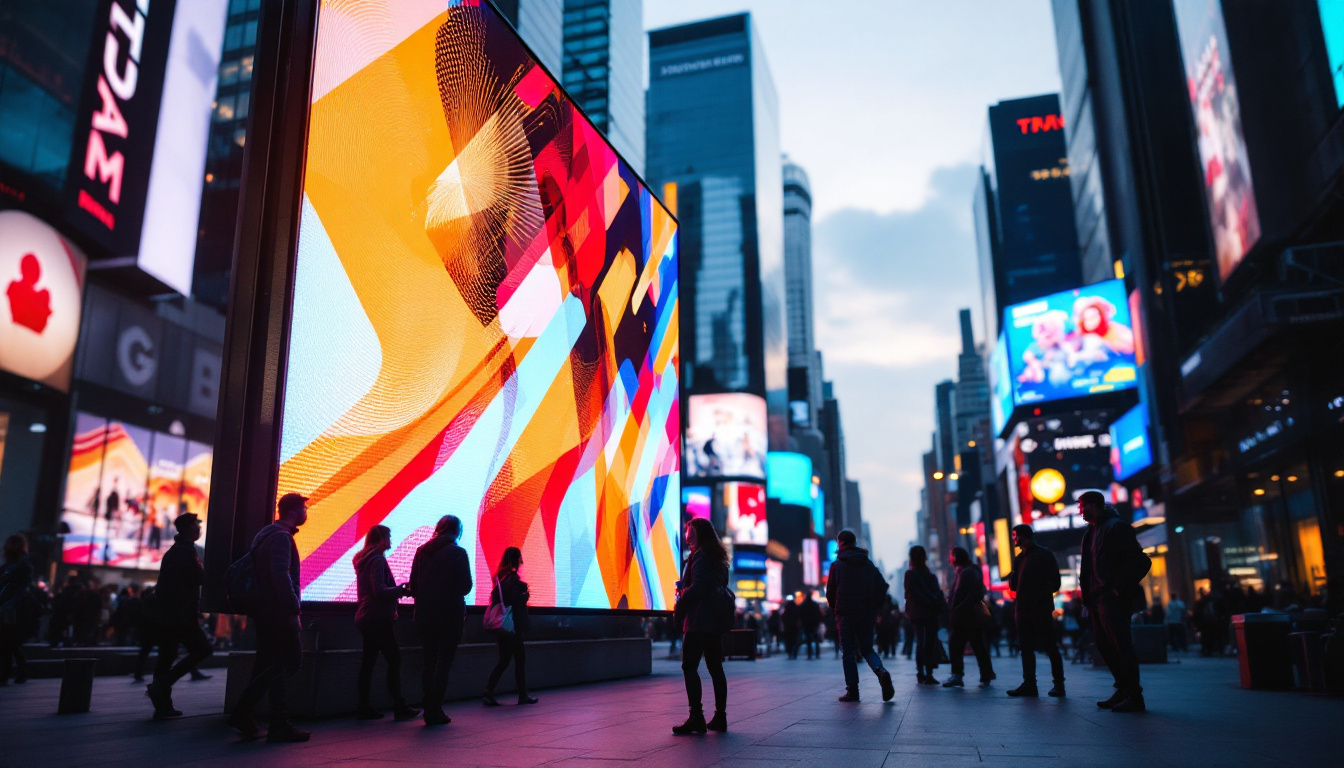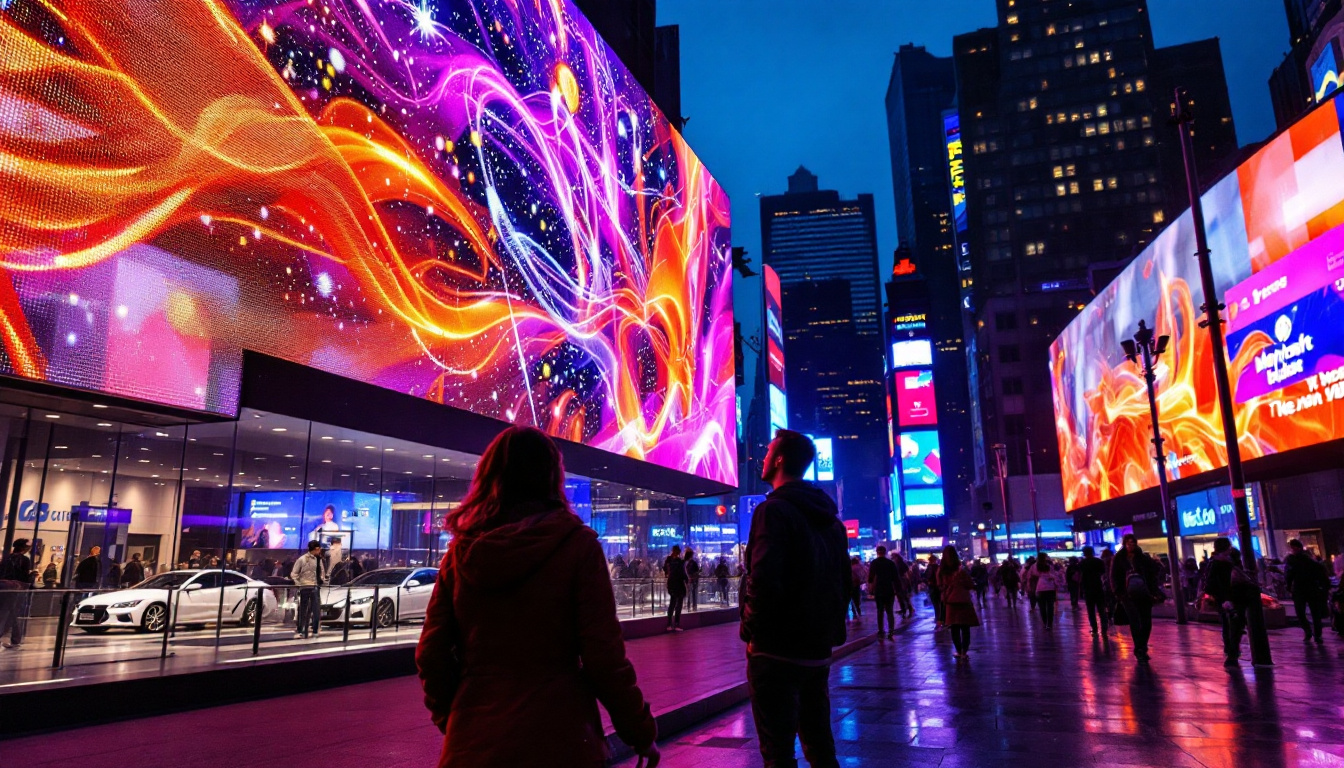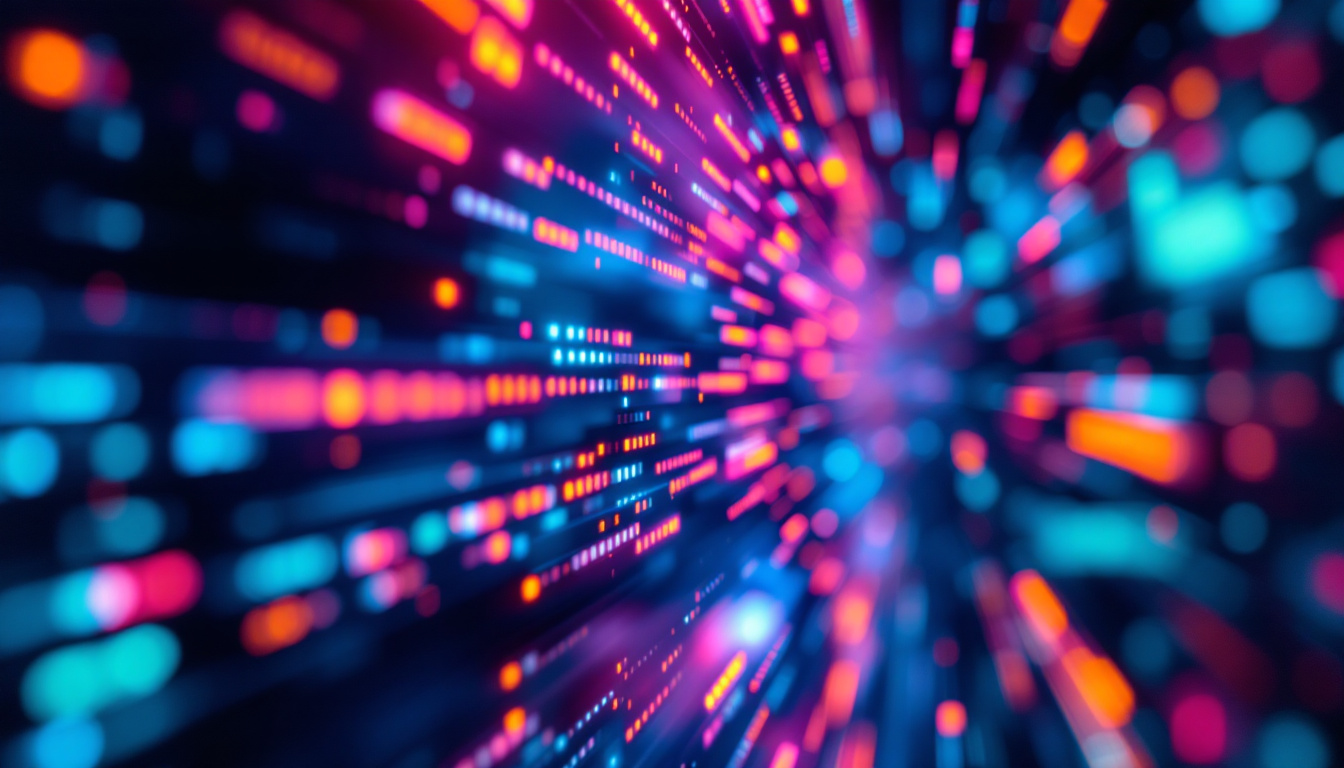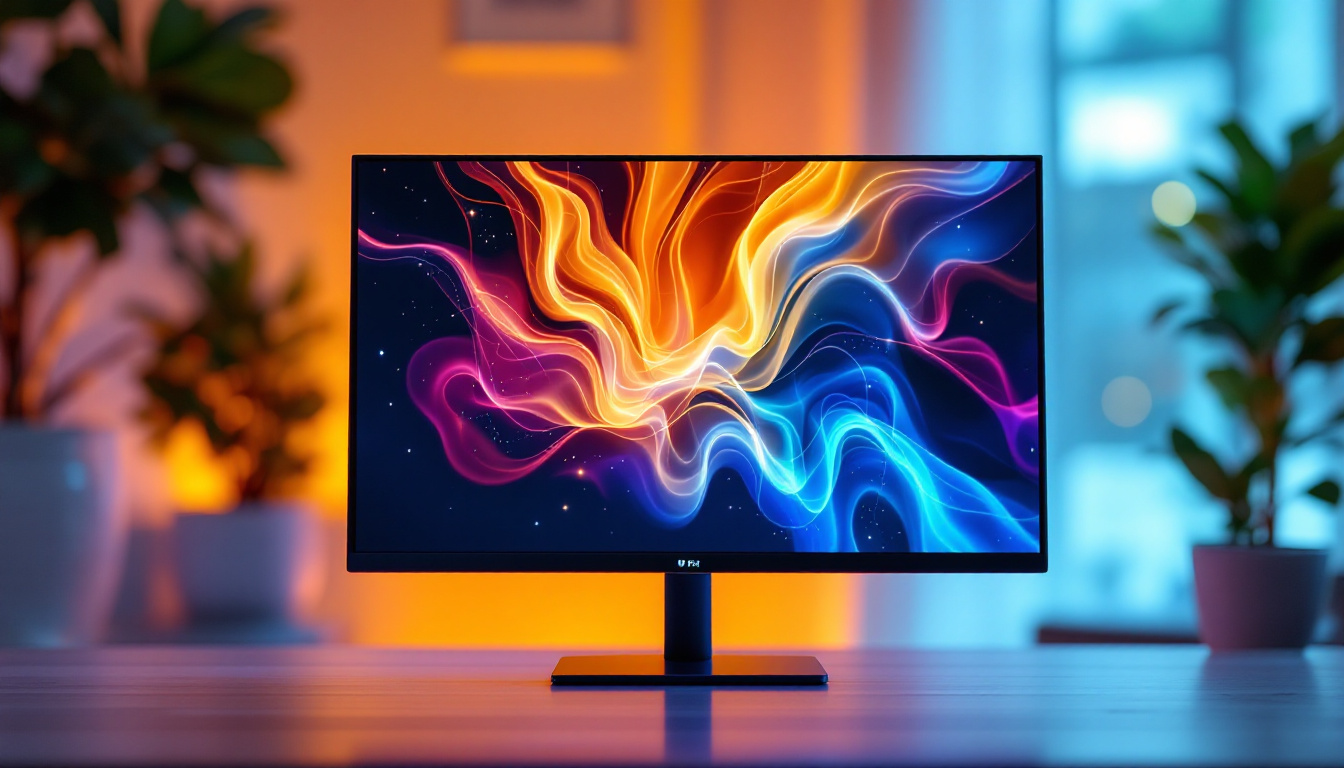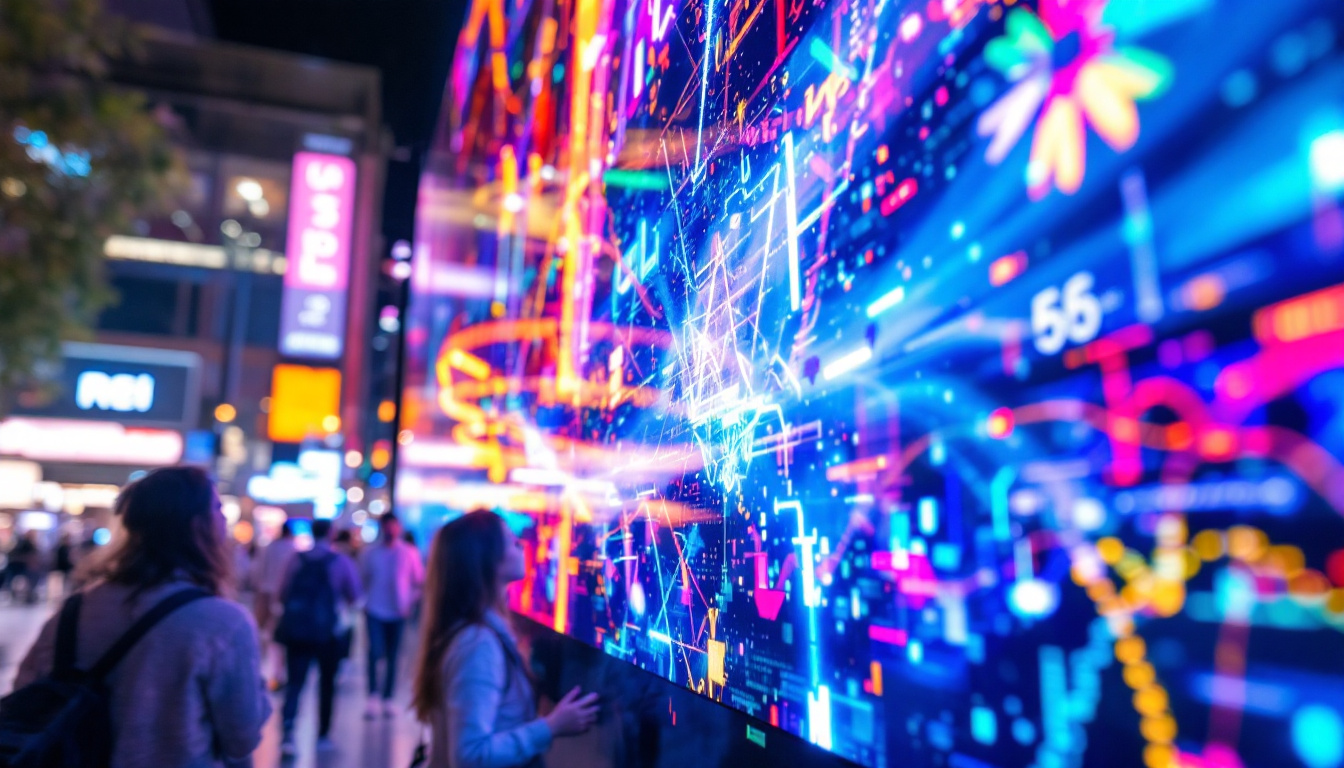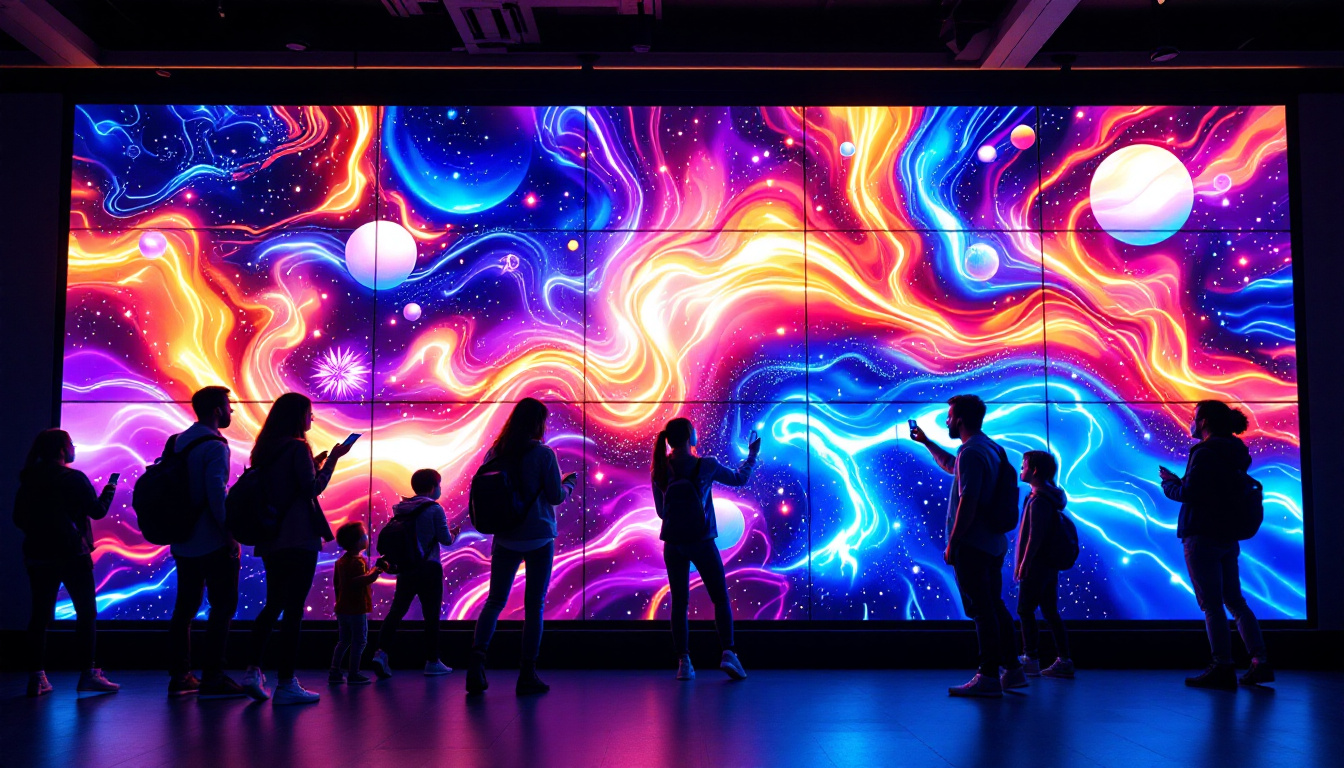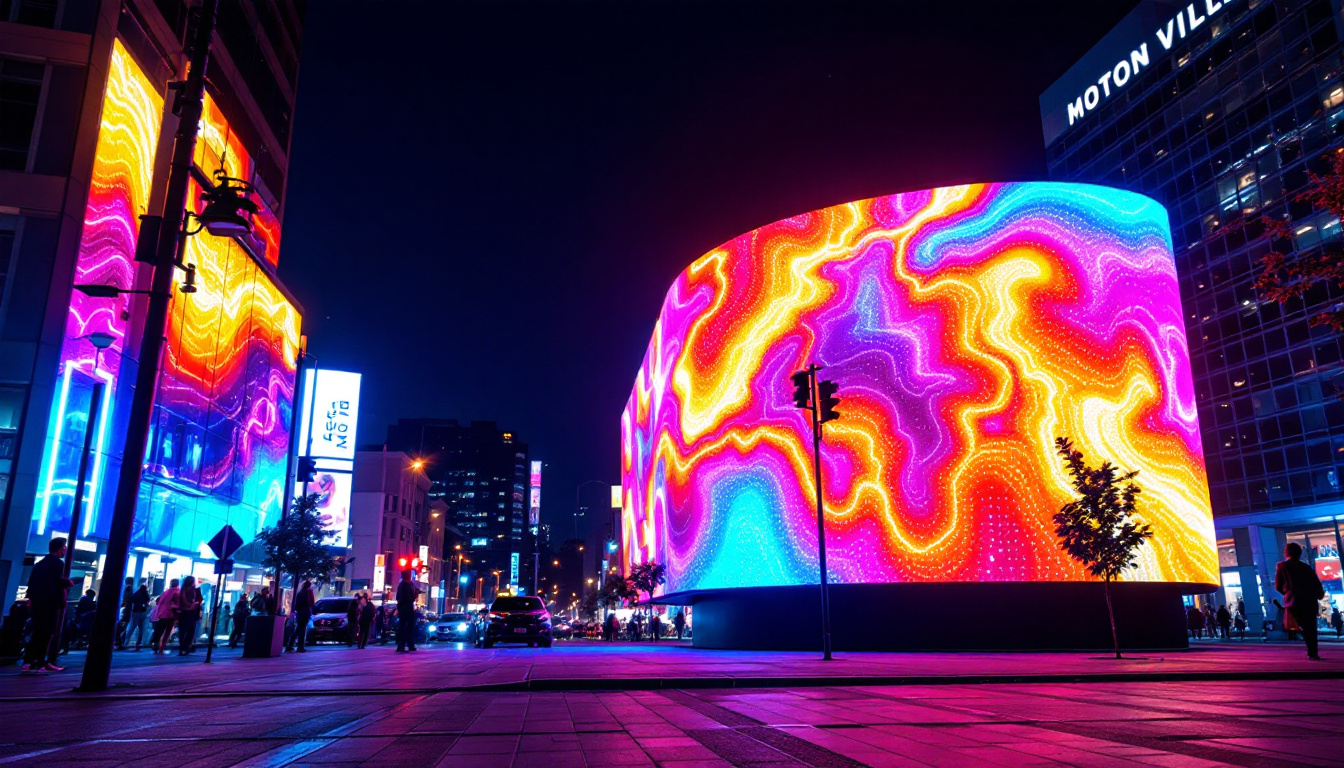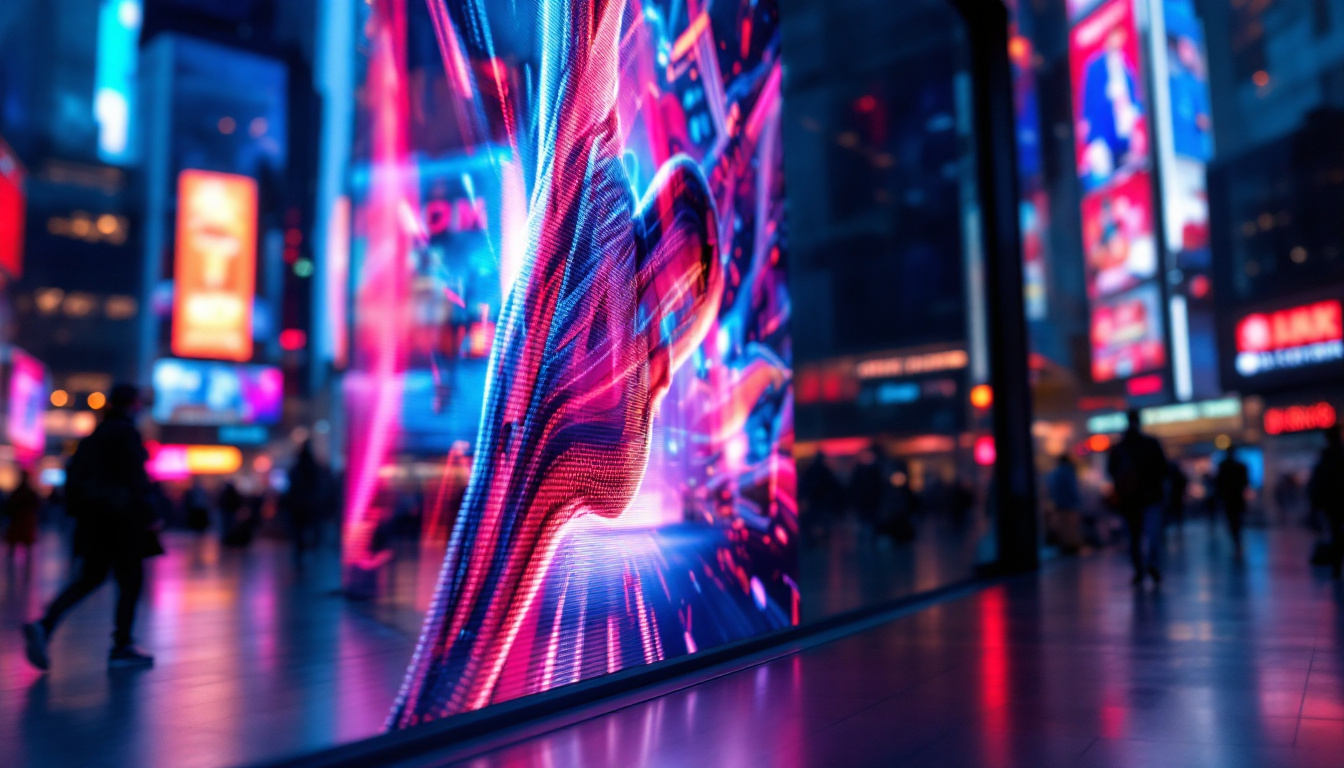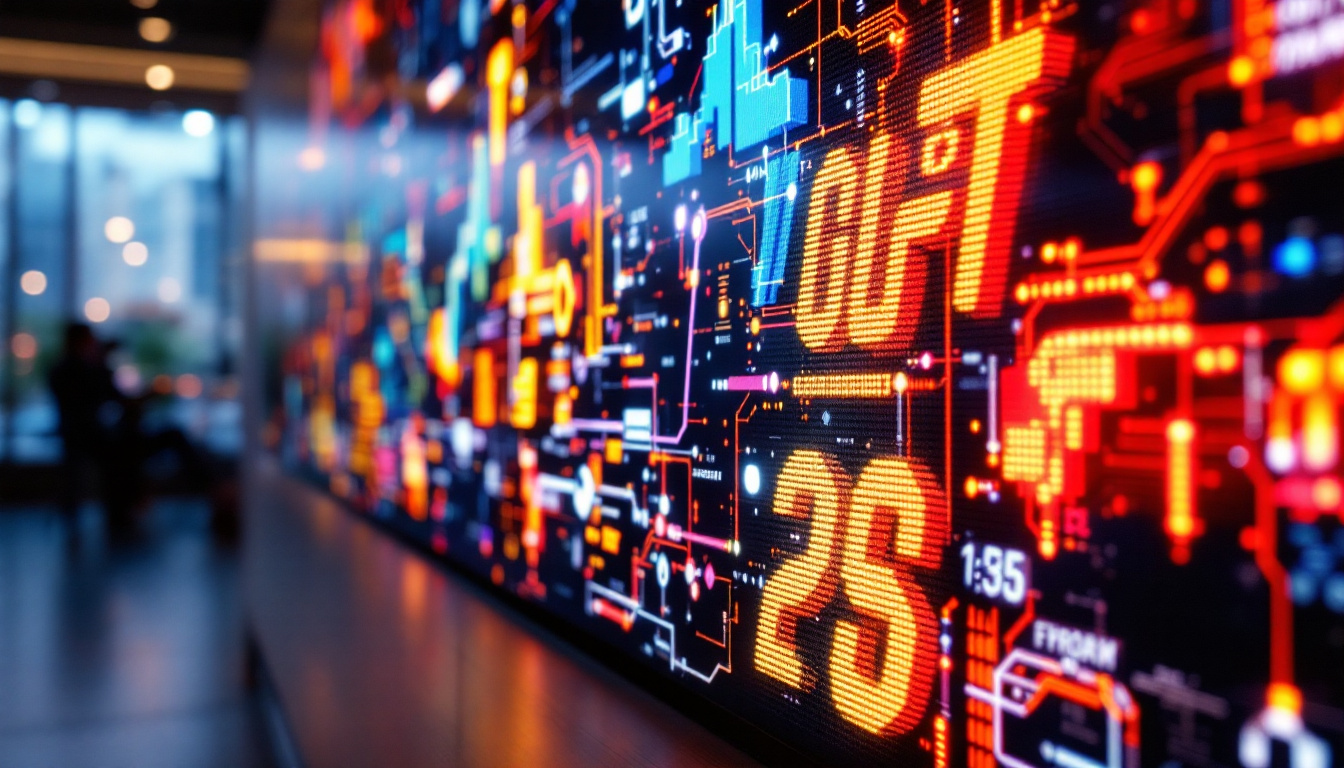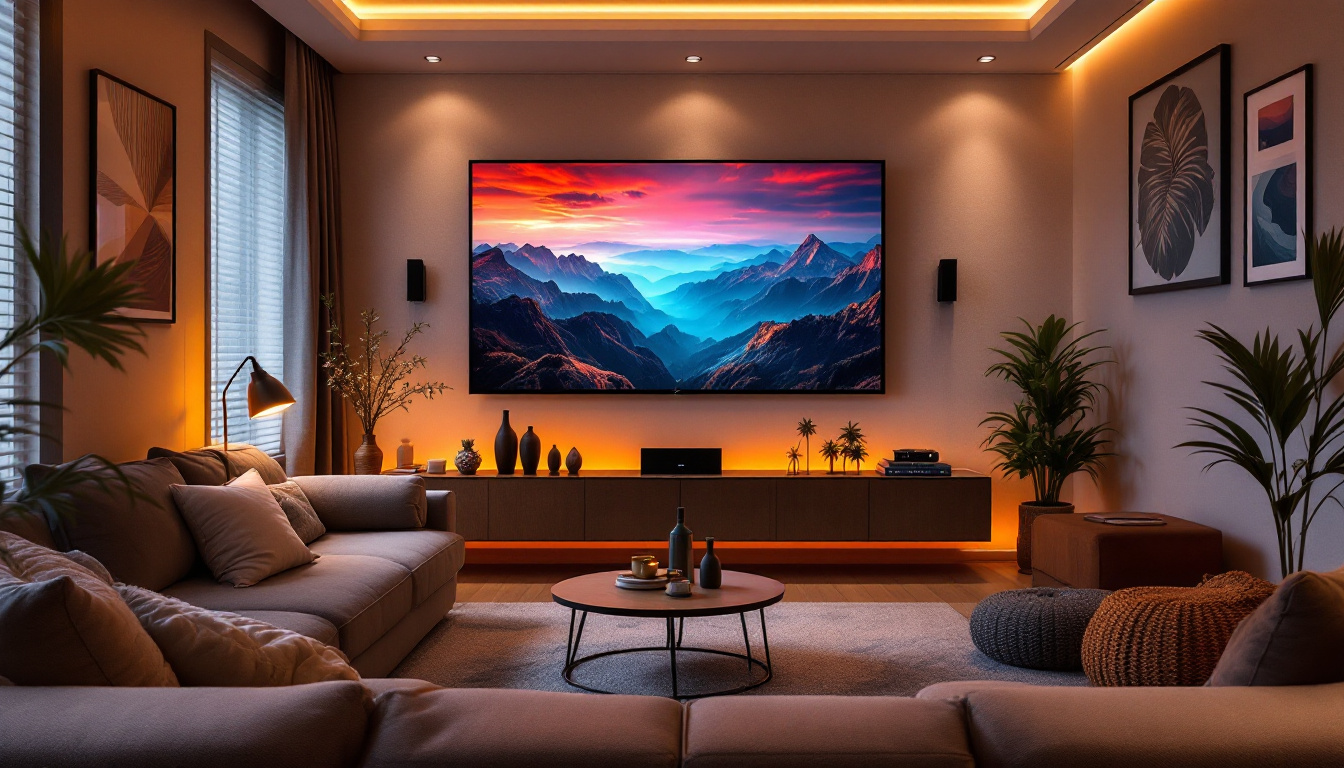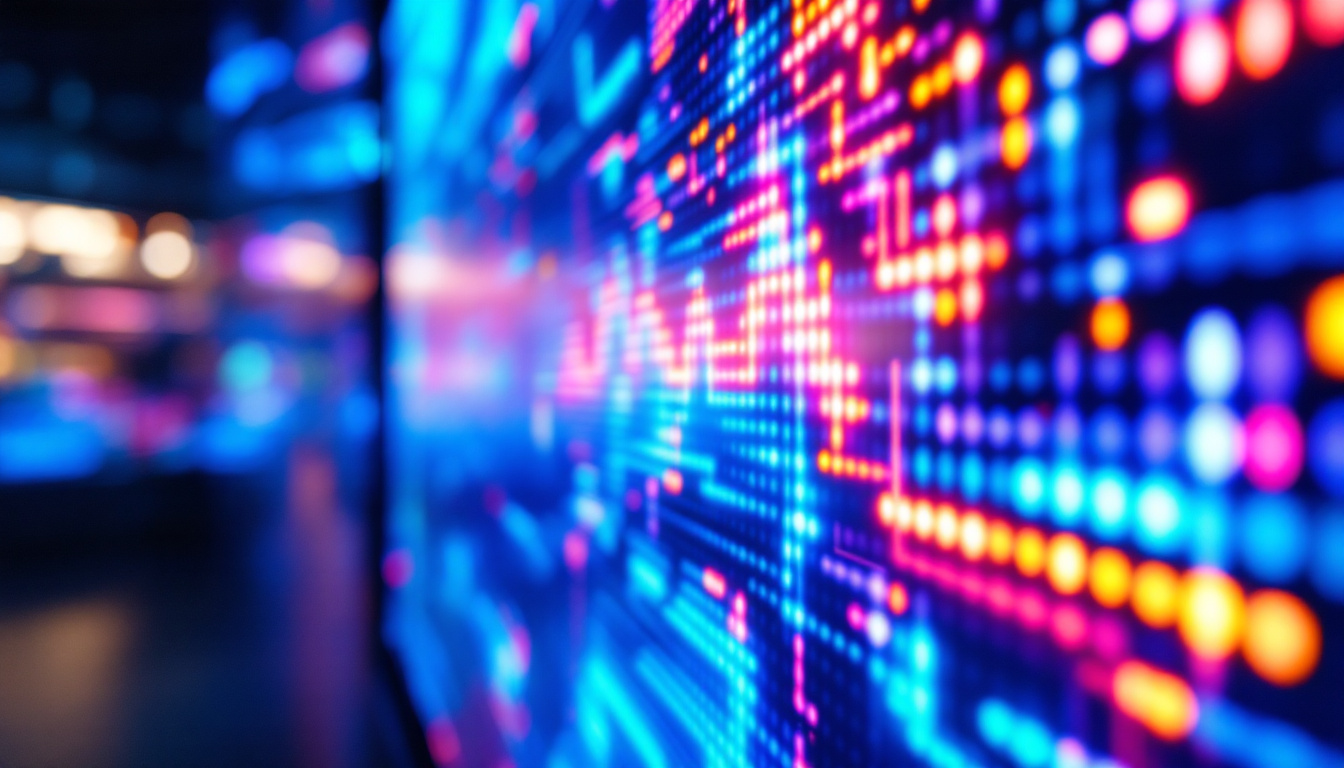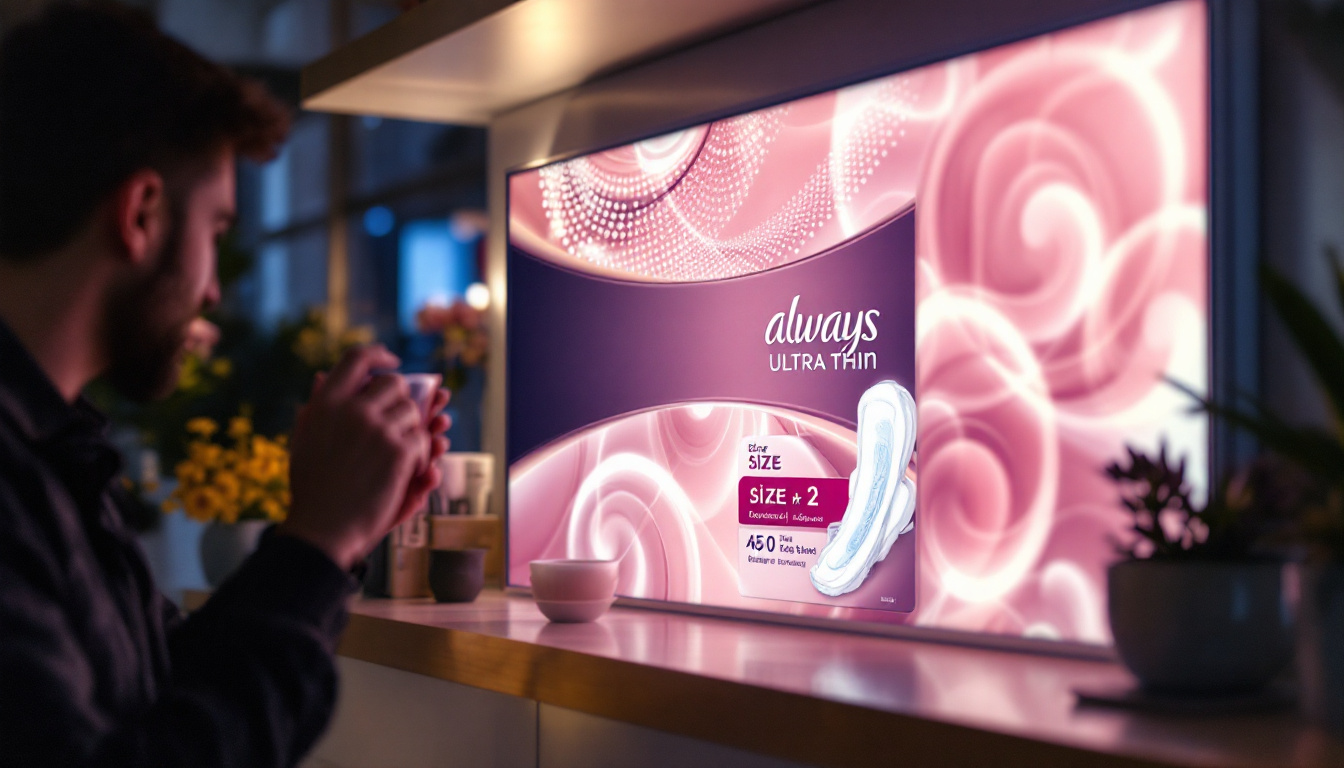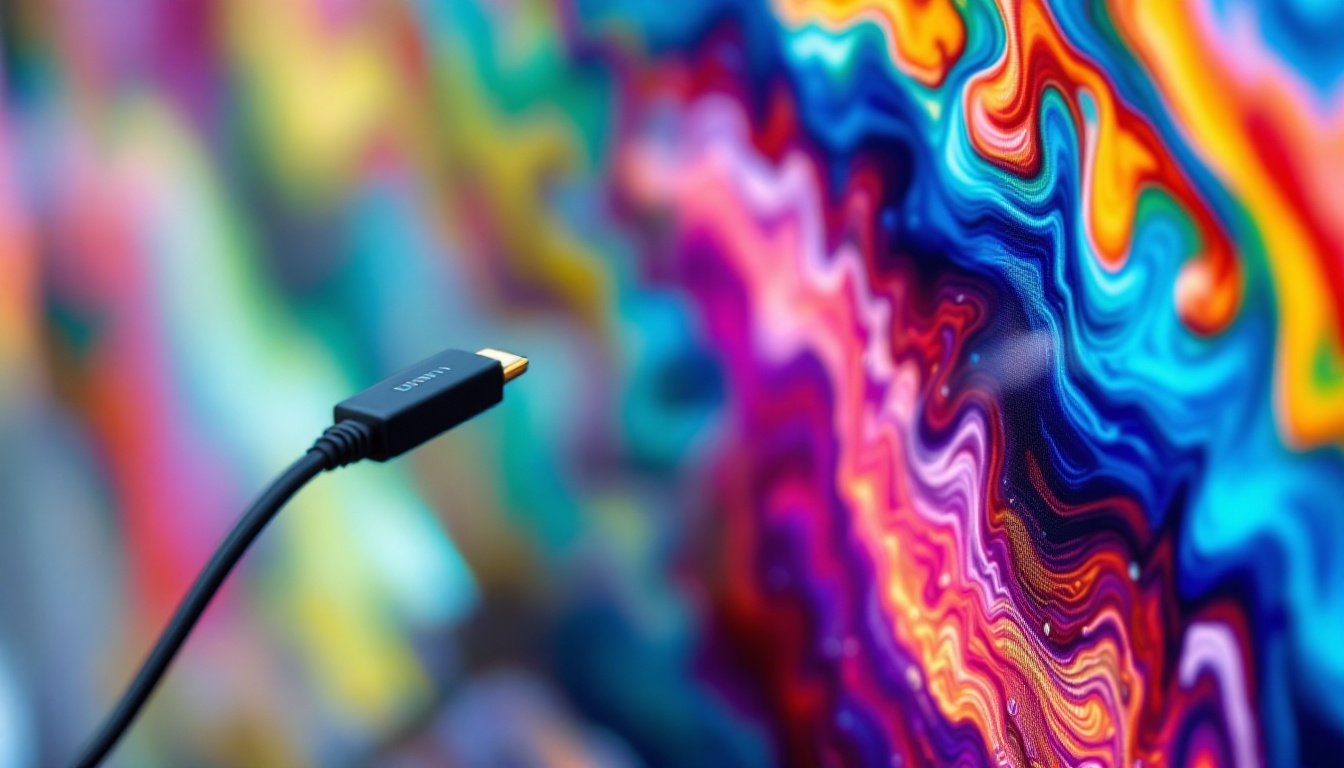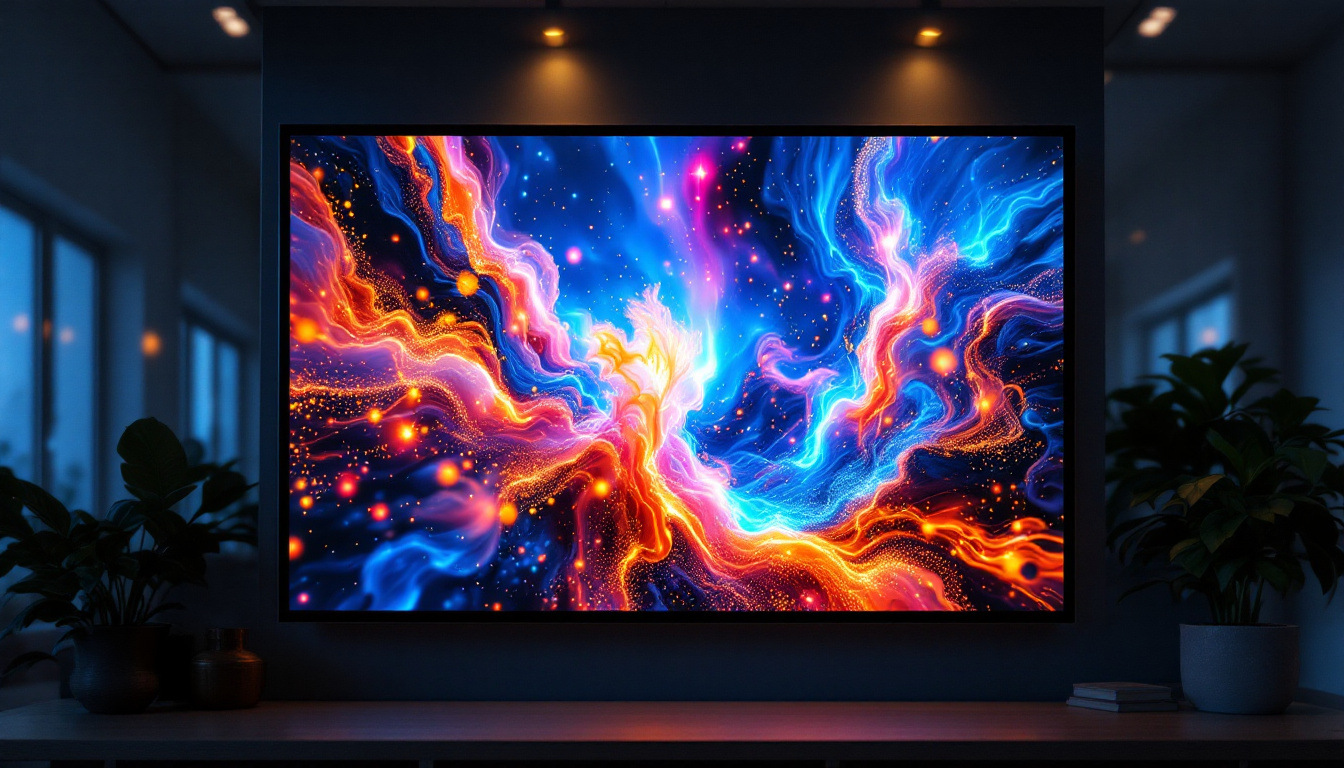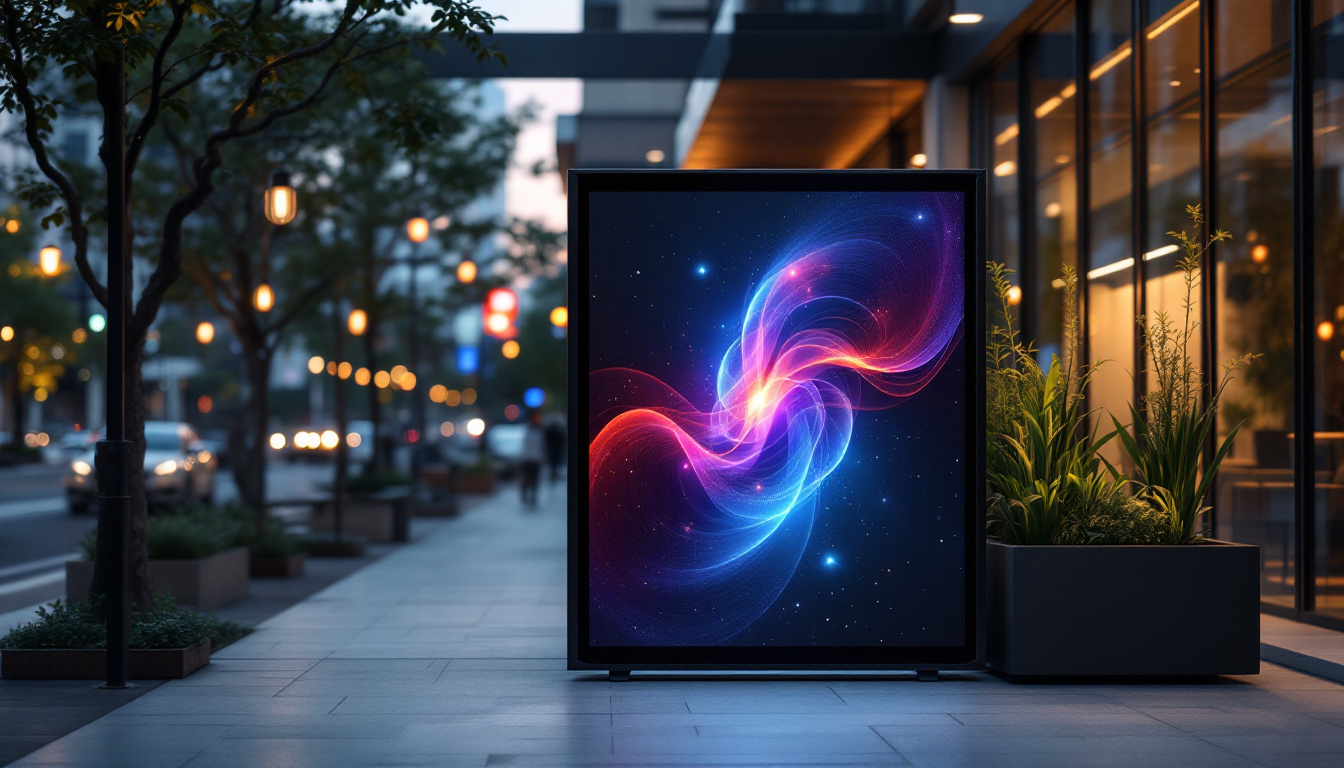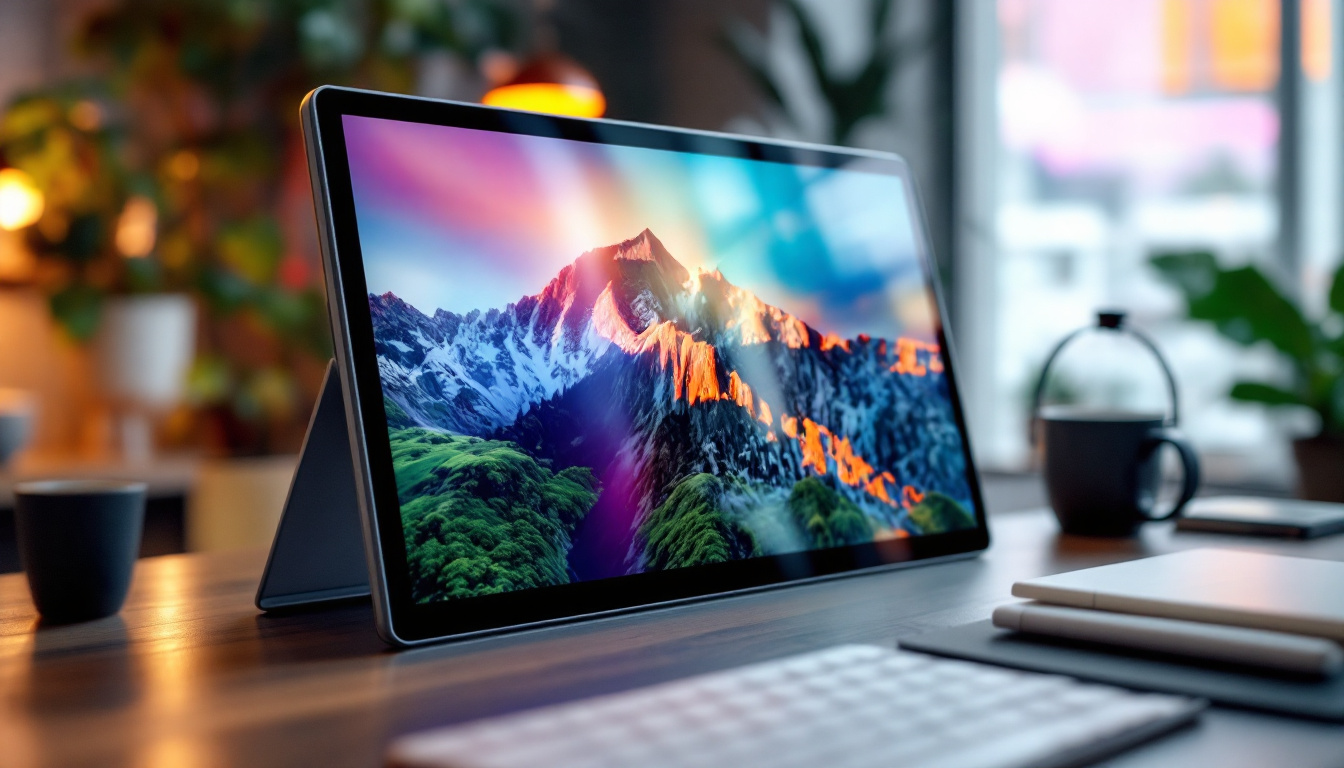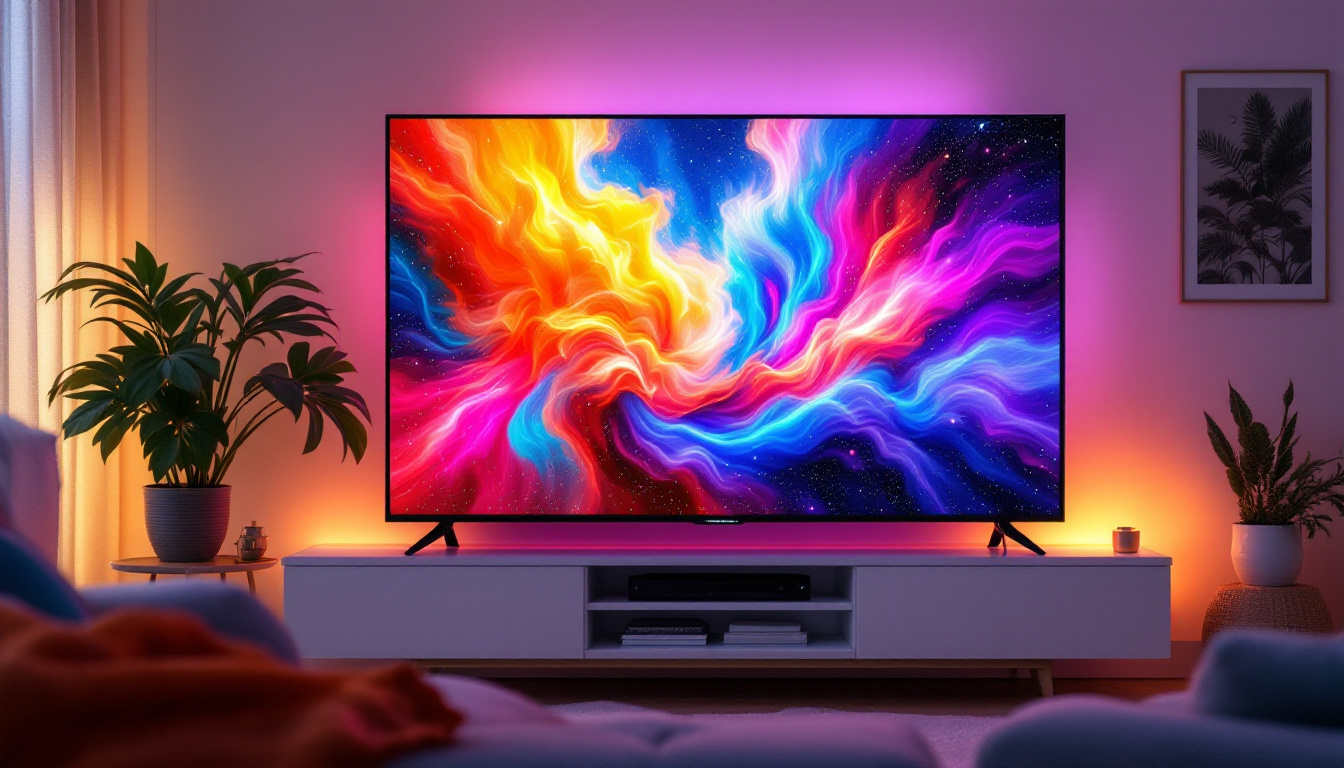In today’s technology-driven world, digital screens have become an integral part of our daily lives. Among the various types of displays available, LED (Light Emitting Diode) displays stand out due to their versatility, efficiency, and vibrant visual performance. This article delves into the intricacies of LED displays, exploring their functionality, applications, and advantages.
Understanding LED Technology
LED technology has revolutionized the way we perceive visual content. Unlike traditional display technologies, LED displays utilize semiconductor diodes that emit light when an electric current passes through them. This fundamental principle underpins the functionality of LED screens, making them both energy-efficient and capable of producing high-quality images. The shift to LED technology has not only improved the clarity and vibrancy of displays but has also contributed significantly to energy savings, with LED screens consuming considerably less power than their incandescent or fluorescent counterparts.
How LED Displays Work
The core of an LED display consists of numerous tiny diodes arranged in a grid. Each diode emits its own light, allowing for precise control over brightness and color. When combined, these diodes create a stunning visual experience. The most common configurations include RGB (Red, Green, Blue) systems, where varying intensities of these three colors combine to produce a broad spectrum of hues. This capability enables LED displays to render images that are not only vibrant but also highly detailed, making them ideal for everything from digital signage to cinematic experiences.
LED displays can be categorized into two main types: direct view and backlit. Direct view LED displays consist of diodes that are visible to the viewer, while backlit displays use LEDs to illuminate a liquid crystal display (LCD) panel from behind. This distinction plays a significant role in determining the display’s brightness, contrast, and overall image quality. Direct view displays are often preferred for outdoor applications due to their superior brightness and visibility in sunlight, while backlit displays are commonly used in indoor settings where color accuracy and depth are paramount.
The Evolution of LED Displays
The journey of LED technology began in the early 1960s with the invention of the first visible-spectrum LED. Over the decades, advancements in materials and manufacturing processes have led to the development of more efficient and brighter diodes. The introduction of surface-mount technology (SMT) in the 1990s further enhanced the production of LED displays, making them more compact and affordable. As a result, the market saw a surge in the adoption of LED technology across various sectors, including advertising, entertainment, and consumer electronics.
As technology progressed, LED displays transitioned from simple indicators to complex screens capable of displaying high-definition video. Today, they are ubiquitous in various applications, from billboards to televisions, and even smartphones. Furthermore, innovations such as organic LEDs (OLEDs) and microLEDs are pushing the boundaries even further, offering enhanced color accuracy, flexibility in design, and the potential for even thinner displays. These advancements not only improve the user experience but also pave the way for new applications in augmented reality (AR) and virtual reality (VR), where immersive visual experiences are paramount.
Applications of LED Displays
The versatility of LED displays allows them to be utilized in a wide range of applications. Their ability to deliver high-quality visuals makes them ideal for both indoor and outdoor environments.
Advertising and Marketing
One of the most prominent applications of LED displays is in advertising. digital billboards and signage have become commonplace in urban settings, capturing the attention of passersby with vibrant colors and dynamic content. These displays can be easily updated with new advertisements, allowing businesses to reach their target audience effectively.
Furthermore, LED displays can be programmed to display real-time information, such as news updates, weather forecasts, or event schedules, making them a valuable tool for engaging customers and enhancing brand visibility.
Entertainment and Events
In the entertainment industry, LED displays play a crucial role in enhancing the viewer experience. Concerts, festivals, and sporting events often feature large LED screens that provide audiences with close-up views of performances and action. These displays are capable of showcasing high-definition video, animations, and graphics, creating an immersive environment for attendees.
Moreover, LED technology has also found its way into theaters and cinemas, where it is used for both projection and stage design. The ability to create stunning visual effects has transformed the way stories are told on stage and screen.
Commercial and Industrial Use
Beyond advertising and entertainment, LED displays are widely used in commercial and industrial applications. Retailers utilize LED screens for in-store promotions, product displays, and information kiosks. The high visibility and energy efficiency of LED technology make it an attractive choice for businesses looking to enhance customer engagement.
In industrial settings, LED displays are employed for monitoring and controlling processes. They provide real-time data visualization, enabling operators to make informed decisions quickly. This capability is particularly valuable in manufacturing, logistics, and transportation sectors.
Advantages of LED Displays
LED displays offer numerous advantages over traditional display technologies, making them a preferred choice for many applications. Understanding these benefits can help businesses and consumers make informed decisions when selecting display solutions.
Energy Efficiency
One of the most significant advantages of LED displays is their energy efficiency. Compared to traditional incandescent or fluorescent displays, LED screens consume significantly less power. This not only reduces operational costs but also minimizes the environmental impact, making LED technology a more sustainable choice.
Additionally, LED displays have a longer lifespan, often lasting tens of thousands of hours. This durability translates to lower replacement and maintenance costs, further enhancing their overall value.
Brightness and Visibility
LED displays are known for their exceptional brightness and visibility, even in challenging lighting conditions. This characteristic makes them suitable for outdoor applications, where sunlight can hinder the performance of other display types. The ability to adjust brightness levels dynamically ensures that content remains clear and vibrant, regardless of the environment.
Furthermore, LED displays offer wide viewing angles, allowing a larger audience to enjoy the content without distortion or loss of quality. This feature is particularly beneficial in public spaces, where viewers may be positioned at various angles relative to the screen.
Color Accuracy and Contrast
Another notable advantage of LED displays is their ability to produce accurate colors and high contrast ratios. The RGB configuration allows for a wide color gamut, enabling the display of vivid and lifelike images. This capability is essential for applications that require precise color representation, such as graphic design, photography, and video production.
High contrast ratios enhance the visual experience by providing deeper blacks and brighter whites, resulting in more dynamic and engaging content. This aspect is particularly important in entertainment and advertising, where visual impact is crucial for capturing audience attention.
Challenges and Considerations
While LED displays offer numerous advantages, there are also challenges and considerations to keep in mind when selecting and implementing this technology. Understanding these factors can help users make informed decisions and maximize the benefits of LED displays.
Initial Cost and Investment
The initial cost of LED displays can be higher than that of traditional display technologies. While prices have decreased over the years, the investment required for high-quality LED screens may still be a barrier for some businesses. However, it is essential to consider the long-term savings in energy consumption and maintenance when evaluating the overall cost.
Additionally, the return on investment (ROI) for LED displays can be significant, especially in advertising and marketing contexts. The ability to reach a larger audience and engage customers effectively can result in increased sales and brand loyalty.
Heat Generation and Cooling Requirements
LED displays generate heat during operation, which can impact their performance and lifespan if not managed properly. Adequate cooling systems are necessary to maintain optimal operating temperatures, especially in large installations or outdoor environments. This requirement adds complexity to the installation process and may necessitate additional infrastructure.
Proper ventilation and heat dissipation mechanisms should be considered during the design phase to ensure the longevity and reliability of the display.
Viewing Distance and Pixel Density
When selecting an LED display, it is crucial to consider the viewing distance and pixel density. Displays with lower pixel density may not provide adequate image quality when viewed up close, leading to a pixelated appearance. Conversely, high pixel density displays can be more expensive and may not be necessary for all applications.
Understanding the intended use and viewing conditions can help determine the appropriate pixel pitch, ensuring that the display meets the desired visual standards.
The Future of LED Displays
The future of LED displays looks promising, with ongoing advancements in technology and applications. As the demand for high-quality visual content continues to grow, manufacturers are continually innovating to enhance performance and expand capabilities.
MicroLED and MiniLED Technologies
Emerging technologies such as MicroLED and MiniLED are set to redefine the landscape of LED displays. MicroLED technology utilizes microscopic LEDs to create individual pixels, resulting in even higher resolution and improved color accuracy. This advancement holds the potential for ultra-thin displays with exceptional performance.
MiniLED technology, on the other hand, involves using smaller LEDs for backlighting LCD panels. This approach enhances contrast ratios and color performance, bridging the gap between traditional LCDs and OLED displays. As these technologies mature, they are expected to offer consumers even more choices in display quality and functionality.
Integration with Smart Technology
The integration of LED displays with smart technology is another trend shaping the future of this industry. As the Internet of Things (IoT) continues to expand, LED displays are becoming increasingly connected and interactive. This integration allows for real-time data visualization, remote management, and personalized content delivery.
Smart LED displays can adapt to their environment, adjusting brightness based on ambient light and displaying content tailored to specific audiences. This capability enhances user engagement and opens new avenues for advertising and communication.
Conclusion
LED displays have transformed the way visual content is presented and consumed. Their energy efficiency, vibrant colors, and versatility make them an ideal choice for a wide range of applications, from advertising to entertainment and beyond. While challenges exist, the benefits of LED technology far outweigh the drawbacks, making it a valuable investment for businesses and consumers alike.
As technology continues to evolve, LED displays are poised to become even more advanced, integrating seamlessly with smart technology and pushing the boundaries of visual performance. Embracing this technology can lead to enhanced engagement, improved communication, and a more dynamic visual experience in various settings.
Discover LumenMatrix’s Innovative LED Display Solutions
Ready to elevate your visual experience with the latest in LED technology? LumenMatrix offers a comprehensive range of LED display solutions tailored to meet your needs. From vibrant Indoor and Outdoor LED Wall Displays to dynamic Vehicle and Sports LED Displays, our products are designed to captivate and engage your audience. Whether you’re looking for a Floor LED Display, a sleek LED Poster, or a Custom LED solution, LumenMatrix is committed to revolutionizing visual communication. Enhance your brand visibility and create unforgettable visual experiences with our cutting-edge displays. Check out LumenMatrix LED Display Solutions today and see the difference for yourself!

